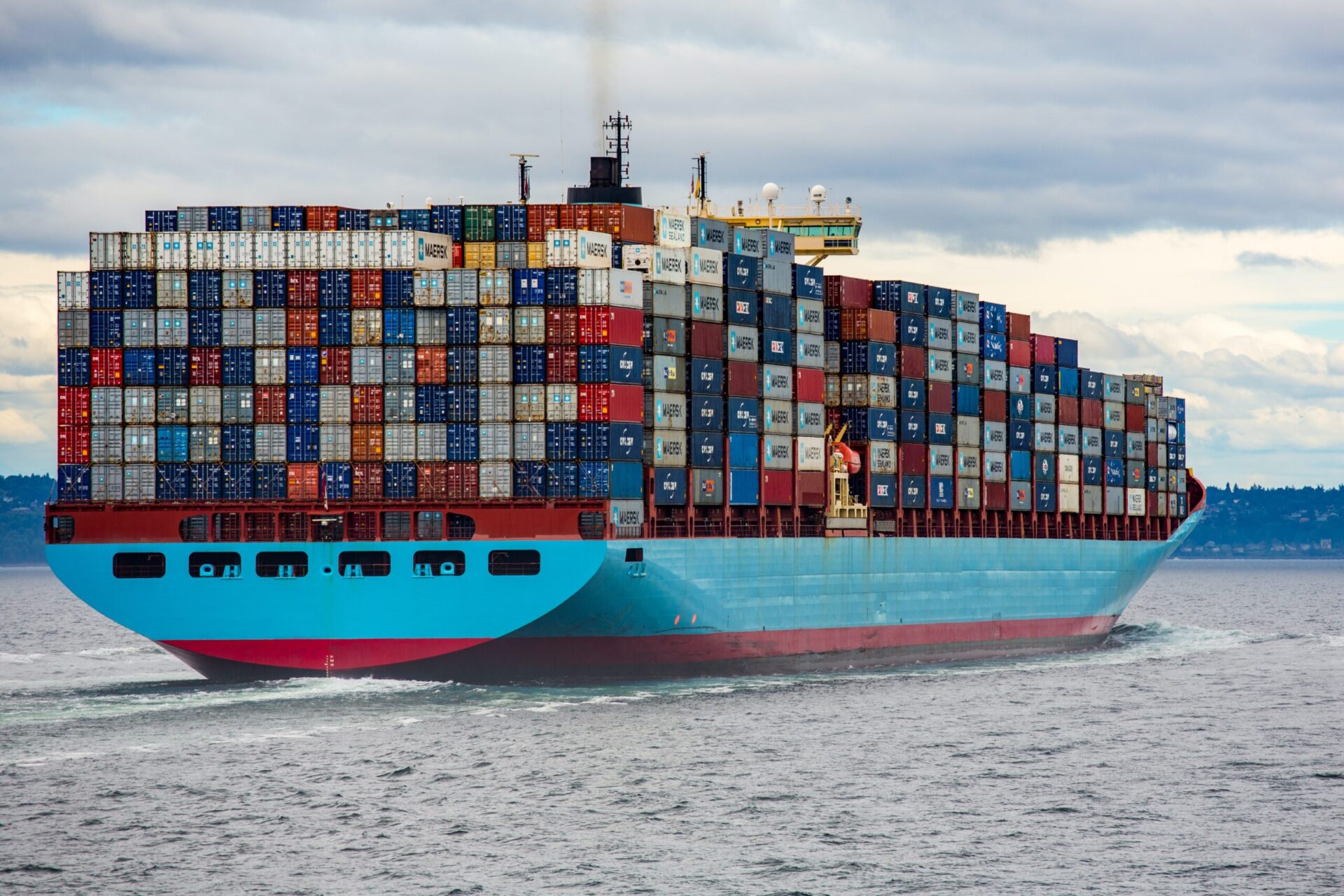From air to sea-freight: Fresh produce exporters coping mechanisms amid frustrations
In the past few years, the fresh produce industry has faced massive disruptions, calling for the restructuring of systems to accommodate this. From COVID-19, to the lock-down of Chinese ports, the 2021 Suez Canal blockage, the Russia-Ukraine war, and the recent new closure of Chinese ports; all these have impacted global logistics in the already vulnerable fresh produce sector. Aside from these recently emerged challenges, other seasonal challenges that impact freight exist. Global celebrations, such as Christmas, Valentine’s Day, Mother’s Day, and Women’s Day, present significantly higher demand, in an ecosystem with bottlenecks in logistics.
In a context with challenges and seasonal pressures, exporters must make major decisions to facilitate how to ship their product to markets, either by air or sea. For most, the decision to use airfreight is guided by the need for a quick transit time. Evidently, long term impacts of COVID-19 have impacted air freight capacity, an already expensive mode which costs premium amounts of between 12-16 times more than sea, according to the World Bank.
In the past few weeks, Kenyan fresh fruit and vegetables exporters have expressed their challenges with using air to transit their produce, conveying their opt-in to use sea-freight. In Kenya alone, the capacity to use air has recently been cut down by an estimated 25-30%, due to the rise in freight charges, and the unavailability of cargo planes. The extremely high costs of cargo, and the cutback on air cargo capacity has caused them to cancel orders and take up extreme measures of discarding even up to a quarter of high valuable produce. As a result, many exporters are facing increasing customer complaints, and revenue losses of up to 30%.
Extending produce shelf life for sea freight
Sea freight’s advantages over aircrafts are based on higher capacity and much lower prices, whilst having longer transit times to key markets, while the windows covering for the premium of airfreight becoming shorter and less profitable. The key challenge for fruit and vegetables keeps being transit time, as a ship’s journey from most African ports to Europe can have duration of 25 to 30 days. To make such long journeys feasible, shelf-life at origin needs to be optimal, allowing to preserve the quality expected from consumers for over a month. To achieve these results, high quality pre-cooling and an efficient and continuous cold chain from the harvest to consumers is fundamental.
But optimal shelf-life is often hard to achieve in export logistics, as many farms and agribusinesses still do not dedicate enough attention and resources to the post-harvest, pre-cooling and cold chain, especially at the first mile. Not having the right on-farm or close-to-farm cooling means not being able to achieve the shelf life required for sea freight, forcing exporters to opt for the much more expensive alternative of airfreight. More producers and exporters need to understand that post-harvest is fundamental to keep their competitiveness in a global market and every hour of delay in precooling reduces produces’ shelf life by one or more days.
Precooling is the fundamental process of extracting field heat to reduce the physiological activity of fresh product. This should be achieved using the right type of cooling solutions for each crop, ensuring that the pressure, humidity and flow of the air, as well as the refrigeration capacity in the pre-cooling rooms are dimensioned to the quantity and type of crop. The use of suboptimal solutions such as second-hand reefers at farm, can work for local markets requiring short shelf-life, but does not work for high-value export where preserving taste, freshness, texture and aroma, are fundamental.
In conclusion, producers and exporters that want to be profitable with their fresh produce export operations need to improve their cooling and cold chain, or they will lose a good share of their potential margins to freight, rejections, shrinkage and fungi.



